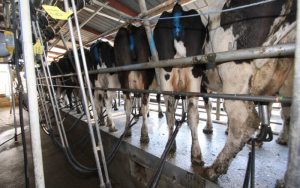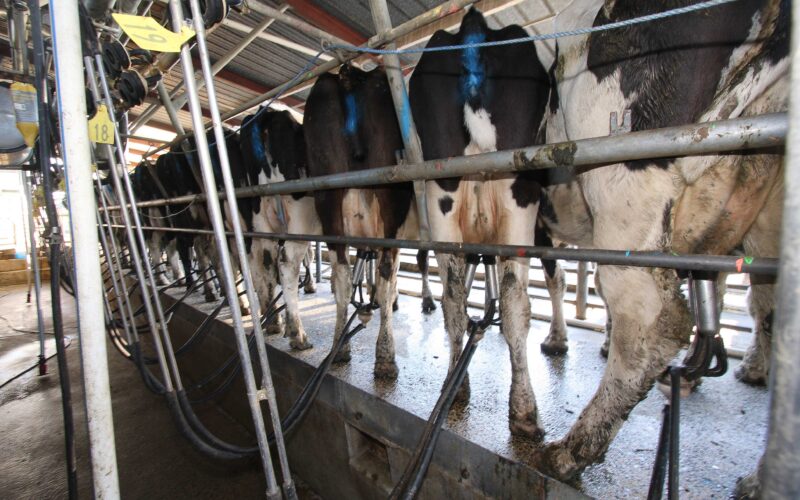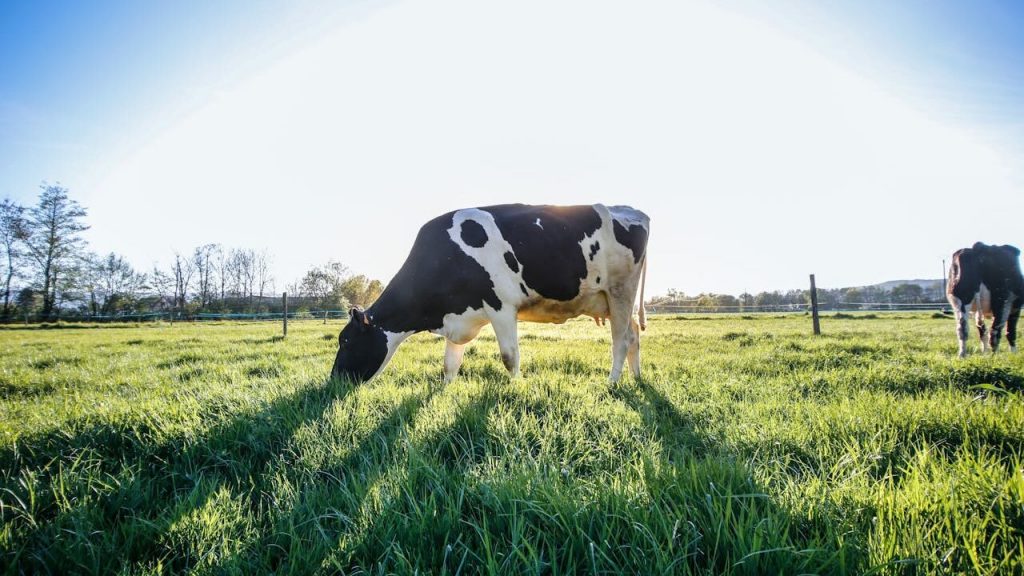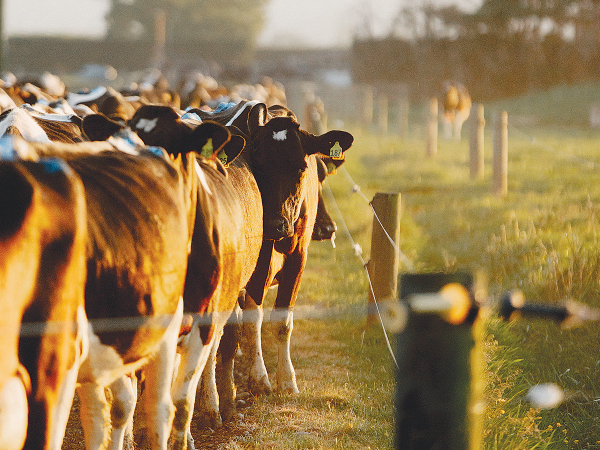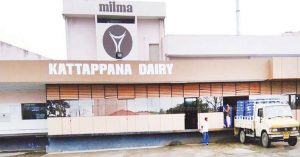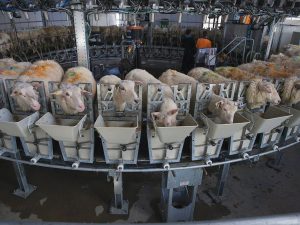Farmers across the country are keeping a close eye on their livestock for signs of H5N1, a highly pathogenic strain of avian influenza that’s been present in wild birds and commercial poultry since early 2022. Hundreds of commercial poultry operations have been affected and it’s started to spread to dairy cows.
Last week, Cal-Maine, the nation’s largest producer and distributor of fresh eggs temporarily stopped production after the flu was detected at its Texas facility. The company said it has to euthanize almost 2 million hens.
“Replacing those type of birds takes time,” said Dr. Maurice Pitesky, an associate specialist in cooperative extension at the University of California, Davis. “Not only are you losing birds that are producing eggs right now; you’re losing birds that were supposed to be producing eggs maybe in five, 10, 15 weeks.”
Pitesky said he expects egg prices to immediately be impacted, and it wouldn’t be the first time. Last year, the flu helped push the price of eggs to a high of $4.82 per dozen in January, according to data compiled by the Federal Reserve Bank of St. Louis. By August, they dropped to $2.04.
“We learn more about what’s happening with this virus on a day-to-day and sometimes an hour-to-hour basis,” said Berndt Nelson, an economist with the American Farm Bureau Federation. “What we do know about it is that this virus seems to have been transferred from herd to herd. How that transfer has occurred is still unclear but scientists do not currently believe that it’s from cow to cow.”
Nelson said an infected cow will stop eating and drinking, producing 20 to 30% less milk. Experts like Pitesky and Nelson will also be watching the flu’s impact on turkey producers, who’ve been hit hard in the past, particularly in Minnesota.
“As we see migratory birds making their way from south to north, that northern part of the country is one of the last that will be affected by that,” Nelson said.
Those with hobby birds can help slow the spread of avian flu.
“If they have backyard chickens, it’s really, really important that they do their part to protect their birds from being exposed to wildlife because if the virus can get a foothold in our domestic backyard chickens, that’s another way it can spread to all kinds of other animals and ultimately affect humans in all kinds of ways,” Pitesky said.

The White House has set up a response team of relevant agencies, including the CDC, the Food and Drug Administration and the U.S. Department of Agriculture.
“To ensure that we are doing everything in our power to ensure that we keep communities healthy, safe and informed, ensure that our nation’s food supply remains safe and monitor any and all trends to mitigate risk and prevent the spread of avian flu,” White House Press Secretary Karine Jean-Pierre said.
The Centers for Disease Control and Prevention issued a health alert after a farm worker on a commercial dairy farm in Texas tested positive, but said the risk to the public remains low. This is the second person to test positive for the virus in the United States.
The first was reported two years ago in Colorado by a person who came into contact with infected poultry, according to the CDC. There have been no reported cases of human-to-human spread.
You can now read the most important #news on #eDairyNews #Whatsapp channels!!!
🇺🇸 eDairy News INGLÊS: https://whatsapp.com/channel/0029VaKsjzGDTkJyIN6hcP1K



